Cargill and Cross at Lakeba
Eventually passage was available, and on 12th October, the missionaries and their families arrived at the island of Lakeba in Lau. Cargill wrote of the welcome that they received:
Cargill, letter to London 18 October 1836
Cargill and Cross were told that they might present themselves to the King (Tui Nayau), and when they did so, they found that he and the other chiefs were more gracious in their greeting:
They welcomed us by a simultaneous clapping of the hands. The king asked many questions, & promised to listen to instruction, to grant us a piece of ground to live on,— & to extend his protection to us. We then returned to the vessel, & brought our families on shore in a large canoe. We spent the following night in a canoe house. During the daylight, several hundreds of the natives were constantly surrounding the house, & even during the night, we were annoyed by the intrusion of a few, whose curiosity was not easily satisfied. We prepared our beds on the deck of the canoe, & after singing a few verses of a hymn, & invoking the protection & blessing of “him who neither slumbers nor sleeps,” we lay down to “court tired nature’s sweet restorer, balmy sleep.” But what a restless night! Myriads of Moschettoes seemed leagued against us, & by their loud & incessant buzzing, & the frequent introduction of their sharp sting, effectually deprived us of any refreshing sleep. Long before the break of day we were up, & looking for morn. After sunrise we selected a spot of ground for the Mission premises. The king granted it to us with much cheerfulness, & promised to build a temporary house for each family without delay. In three days, the houses were finished. The materials were cocoa-nut leaves platted & laid one above the other. The ground about our houses was an uncultivated wilderness; we had to get it cleared, — put up fences, & make roads …
And how did the missionaries and the Fijians understand each other? In all these fairly complicated transactions, they used Tongan. The missionaries, of course, had learned it during their service in Tonga, and the Fijians, because of nearness of the Lau Islands to Tonga, also knew the language. As a matter of fact, even today, the languages/dialects spoken in this area show Tongan features that are uncommon in many other parts of Fiji.
The missionaries continued to use Tongan as an entrée to Fijian. While Cross concentrated on translation, Cargill, with his university training in languages, began to frame the first grammar and dictionary. At the same time, they were also fine-tuning the provisional alphabet they had devised on Vava‘u, resulting in the conventions that newcomers still find surprising.
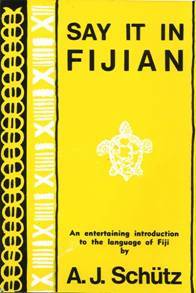
Phrasebooks
Those interested in further studies of Fijian will find Albert Schutz’s Say It In Fijian (Pacific Publications, Sydney, 1979) an excellent introduction to the language. The book is available in Fiji. Likewise, Schutz’s Spoken Fijian (University Press of Hawaii, Honolulu, 1979) is a good primer for more advanced studies. My experience in Fiji has been that even the most minimal attempt at learning a few words or phrases will be amply rewarded with kindness and a greater respect for the visitor.
About the Author
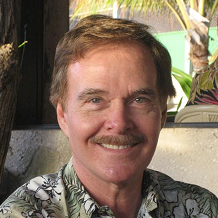 I grew up on a farm in northern Indiana, received a B.Sc. from Purdue University in English, Speech, and Mathematics, and did graduate work at the University of Michigan, University of London, and Cornell University, where I received a Ph.D. in 1962. I’ve been a faculty member at the University of Hawai’i at Manoa since that time. My interest in the Pacific and in the history of Pacific linguistics was kindled by research and teaching in Hawai’i and Fiji in 1960-61. Since that time, I’ve worked in Pacific collections in Fiji, New Zealand, Australia, England, Germany, Norway, and the U.S. mainland, always on the general topic of the history of Pacific linguistic research, but also narrowing the focus to specific languages such as Fijian, Maori, and Hawaiian.
I grew up on a farm in northern Indiana, received a B.Sc. from Purdue University in English, Speech, and Mathematics, and did graduate work at the University of Michigan, University of London, and Cornell University, where I received a Ph.D. in 1962. I’ve been a faculty member at the University of Hawai’i at Manoa since that time. My interest in the Pacific and in the history of Pacific linguistics was kindled by research and teaching in Hawai’i and Fiji in 1960-61. Since that time, I’ve worked in Pacific collections in Fiji, New Zealand, Australia, England, Germany, Norway, and the U.S. mainland, always on the general topic of the history of Pacific linguistic research, but also narrowing the focus to specific languages such as Fijian, Maori, and Hawaiian.
©2022 Dr. Albert J. Schütz




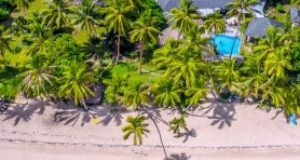
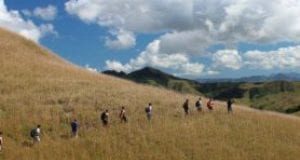
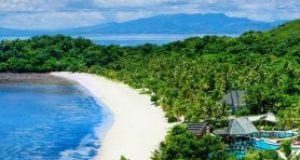
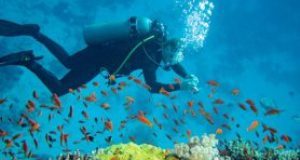
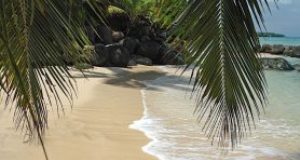
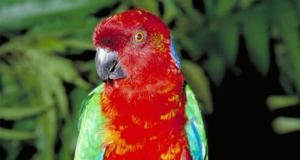
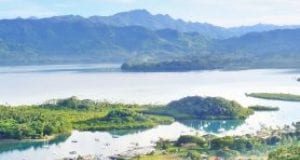

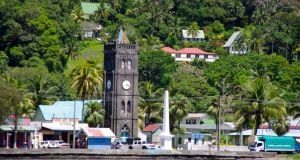
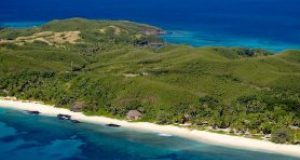


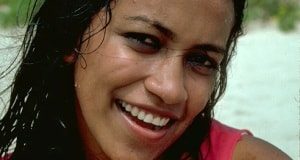

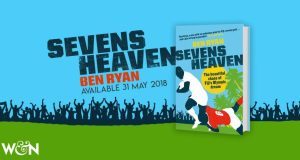
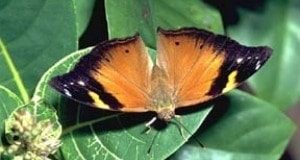

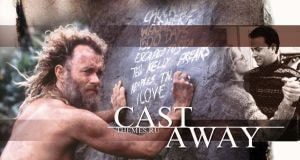

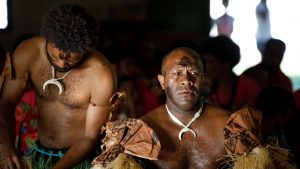
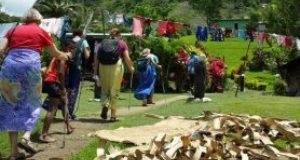

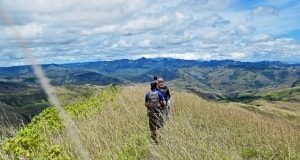
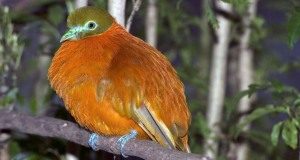

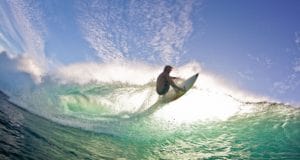
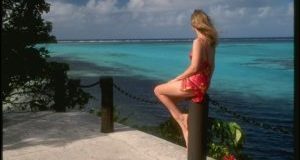

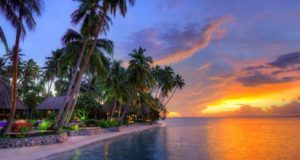



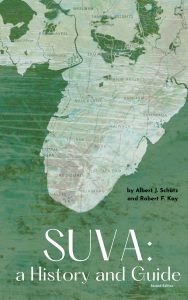
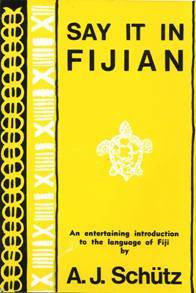
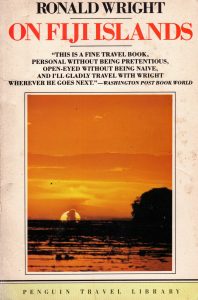
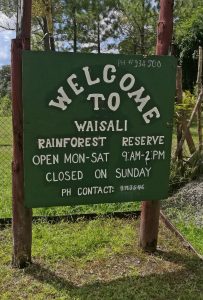
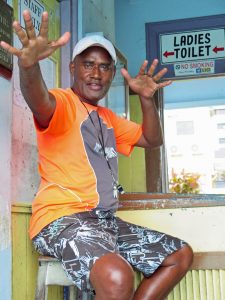
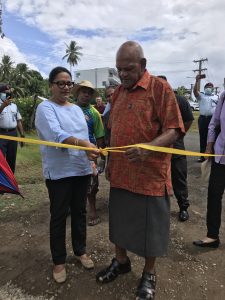



Leave a reply